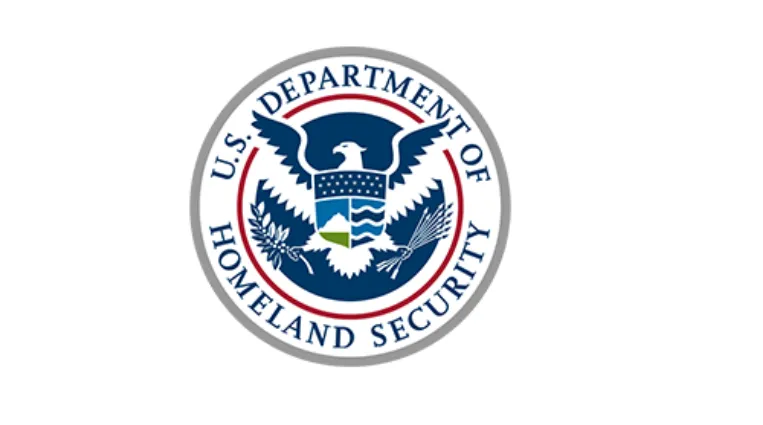Redesignation Allows Additional Eligible Burmese Nationals to Apply for TPS and Employment Authorization Documents
WASHINGTON – The Department of Homeland Security (DHS) today announced an extension of Temporary Protected Status (TPS) for Burma for an additional 18 months, from Nov. 26, 2022, through May 25, 2024, due to extraordinary and temporary conditions in Burma that prevent individuals from safely returning. In addition, DHS announced a redesignation of Burma for TPS for the same reason, allowing Burmese nationals (and individuals having no nationality who last habitually resided in Burma) residing in the United States as of September 25, 2022, to be eligible for TPS.
The February 2021 military coup d’état has led to continuing violence, large-scale human rights abuses, including arbitrary detentions and the use of deadly force against unarmed individuals, mass displacement of civilians, worsened humanitarian conditions and limited access to shelter, food, water, and medical care, and spurred an economic crisis. These conditions prevent Burmese nationals and habitual residents from safely returning.
“The people of Burma are continuing to suffer a complex and deteriorating humanitarian crisis due the military coup and security forces’ brutal violence against civilians,” said Secretary of Homeland Security Alejandro N. Mayorkas. “Under this extension and redesignation, Burmese nationals and habitual residents will be eligible to temporarily stay in the United States until conditions in the country improve and individuals can safely return.”
The extension of TPS for Burma allows approximately 970 current beneficiaries to retain TPS through May 25, 2024, so long as they continue to meet TPS eligibility requirements. It is estimated that approximately 2,290 additional individuals may be eligible for TPS under the redesignation of Burma. This population includes nationals of Burma (and individuals without nationality who last resided in Burma) in the United States in nonimmigrant status or without lawful immigration status.
Current beneficiaries re-registering under the extension of TPS for Burma must re-register in a timely manner during the 60-day re-registration period from September 27, 2022, through November 26, 2022, to ensure they keep their TPS and work authorization without a gap. DHS recognizes that not all re-registrants may receive new Employment Authorization Documents (EADs) before their current EADs expire on Nov. 25, 2022, and is automatically extending through Nov. 25, 2023, the validity of EADs previously issued under the TPS designation of Burma.
U.S. Citizenship and Immigration Services will continue to process pending applications filed under Burma’s initial TPS designation. Individuals with a pending Form I-821, Application for Temporary Protected Status, or a related Form I-765, Application for Employment Authorization, do not need to file either application again. If USCIS approves a Form I-821 or Form I-765 filed under the initial designation of TPS for Burma, USCIS will grant the individual TPS through May 25, 2024, and issue an EAD valid through May 25, 2024.
Initial, first-time applicants for TPS under the redesignation of Burma must submit Form I-821, Application for Temporary Protected Status, during the initial registration period that runs from September 27, 2022, through May 25, 2024. Burma TPS applicants may file Form I-821 online. When filing a TPS application, applicants can also request an EAD by submitting a completed Form I-765, Application for Employment Authorization with their Form I-821, or separately at a later date. Applicants may also submit Form I-765 online.
The Federal Register notice (FRN) explains the eligibility criteria, timelines, and procedures necessary for current beneficiaries to re-register and renew EADs, and for new applicants to submit an initial application under the redesignation and apply for an EAD.
###

